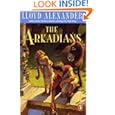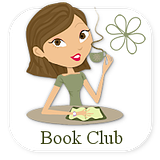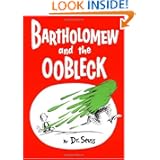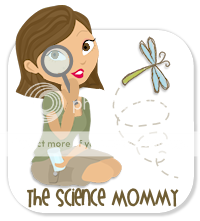This project is great fun and will reinforce your Little Kid Scientists "Powers of Observation"!
Ages: Fun for everyone to play with, but especially good for the Little Kids.
Materials:
* Empty water bottle
* Rice
* Small objects and toys ( The Science Mommy even used some stickers placed on card stock as objects)
* Tag or Label with items listed
Procedure:
- Gather up lots of small objects or toys to place in the bottle. Little Kids can certainly help scavenge for tiny items
- List the items on a tag or label...this will be useful for Little Kids learning to read. For Really Little Kids take a picture of the items you'll be placing in the bottle.
- Fill the bottle part way with rice, and then drop in all your items.
- Fill your bottle about 3/4 full, cap and shake. You want to make sure the objects are distributed throughout the bottle. Once everything is shaken up, finish filling the bottle with rice...nearly to the top.
- As Kid Scientists roll the bottle, different objects appear!
- If you've identified all the items, Kid Scientists can take turns finding items, in order, on the list
- Give Kid Scientists 1 minute to find as many items as they can
- Without the label, see how many items Kid Scientists can find in the bottle
- Place beads or tiles with letters that spell out your Kid Scientists name. Challenge him to find all the letters in order.
- With Older Kids, challenge them to find all the objects that are model of living things...then all the objects that are models of non-living things.




































































